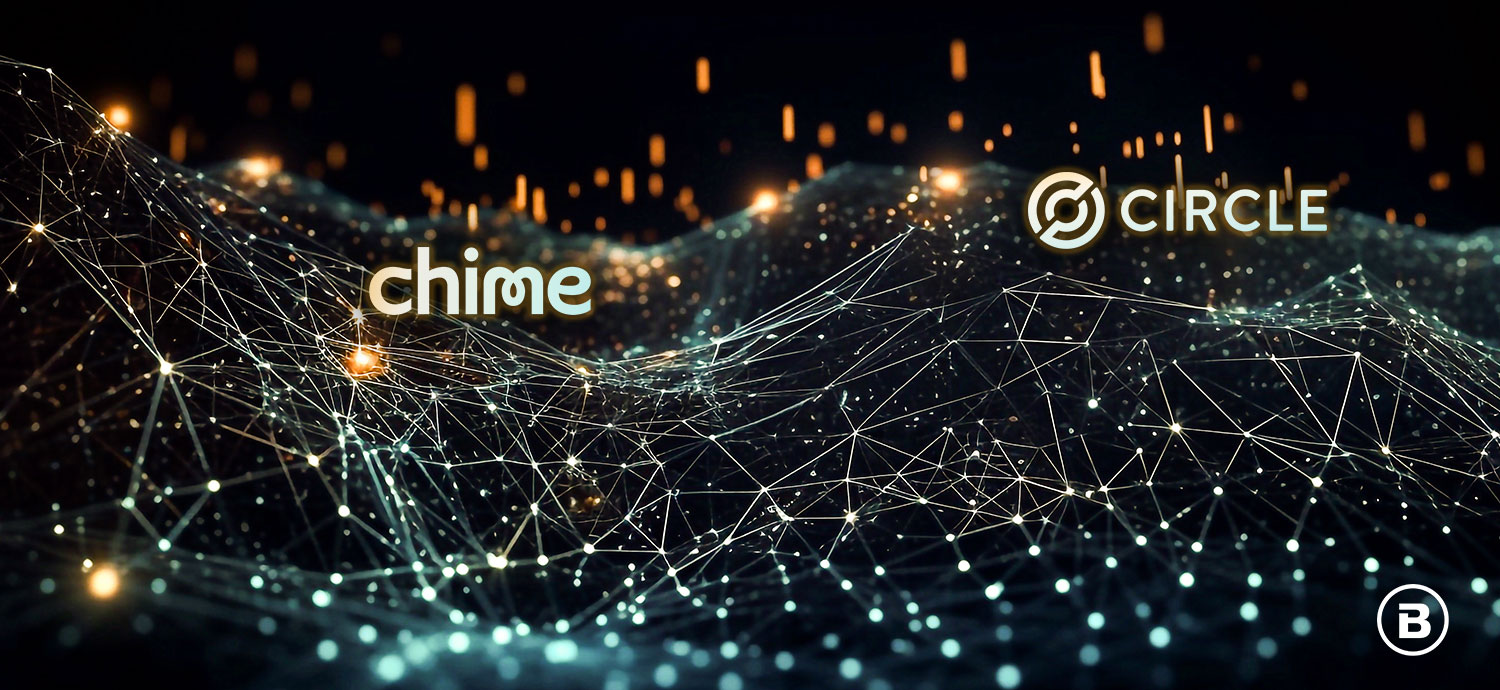Keep pace with the rapidly evolving fintech industry by subscribing to the BIGcast Network. Get weekly insights from industry leaders John Best and Glen Sarvady, delivered straight to your preferred podcast platform. Join our community and stay informed about the latest trends shaping the credit union industry. Subscribe today and ensure you’re always ahead of the curve.

What the Chime and Circle IPOs Mean for Fintech Investment
The first half of June has been remarkably eventful for the fintech investing world. On back-to-back Thursdays, market bellwethers Circle and Chime completed successful initial public offerings- trading on the NYSE and NASDAQ, respectively.
Neither of these firms is an overnight sensation- Chime set up shop in 2012, Circle in 2013. Each generated roughly $1.7 billion in fiscal 2024 revenue. Both companies’ early stock price performance bodes well for a long-awaited sea change in fintech funding markets. In each case the demand for shares offered exceeded supply, causing their opening prices to be set above the expected range and to increase swiftly once trading began.
From there, however, the company stories diverge in notable ways. Let’s start with Circle, the company behind the stablecoin USDC. There are $61 billion of USDC in circulation, a distant second to market leader Tether’s $155 billion. The differences to Circle’s value proposition include its US domicile and its focus on engaging with the traditional financial services sector, including transparency and strict regulatory compliance. The presumably imminent passage of the Genius Act will provide greater regulatory clarity for stablecoins, furthering Circle’s first-mover advantage on this front.
Some have touted Circle as a “stablecoin pure play,” which seems a fair assessment. While Circle aims to support a full stablecoin ecosystem including developer tools, digital wallets and widespread partnerships, at present 99 percent of its revenue is comprised of “reserve income”- essentially float on the USDC it has issued and backs 1-for-1 with US dollars. Circle’s own risk disclosures acknowledge that a decline in interest rates will negatively impact this income stream. CRCL’s current valuation seems to anticipate a massive increase of USDC in circulation and/or exponential growth in additional revenue streams.
And about that valuation- From its $31 IPO price, which was already above the projected $27-29 range, CRCL closed its first day of trading at $83. Fortune referred to it as the seventh most underpriced IPO since 1980, with $1.76 billion “left on the table” by the company’s early backers and insiders. Whether this is a good or bad thing depends on where you’re sitting- it certainly reignited interest in the IPO market, and most of those early investors still own sizeable stakes they can sell at a handsome profit later- assuming the price holds.
Chime’s IPO a week later may pale by comparison, but by any rational measure it also had a winning outcome. After being priced at $27/share CHYM briefly spiked to $45 before settling into a $36-37 range, a pop of roughly 35% placing the company’s value at $13 billion.
Chime has a recognizable ”neobank” brand and a fairly straightforward revenue model ripe for more traditional analysis- the latter of which may be a disadvantage in the high-growth stock world. It also continues to operate at a slight loss, while Circle has posted profits each of the past two years.
The mood of Chime’s venture capital funders likely differed quite a bit from Circle’s as well. The faith of its early backers was rewarded handsomely. However, those investing in the final two of its seven funding rounds have suffered losses. At its 2022 peak Chime was privately valued at $25 billion, meaning investors in that round recouped less than half their investment- although some may have retained stakes in the firm that could be sold at a higher price in the future.
At present Circle is trading at nearly five times its IPO price, giving the firm a value of $33 billion and likely encouraging the next wave of mature private fintechs to wade into the IPO waters. This could mark the start of a “virtuous cycle,” with venture capital firms both seeing a path to favorable ROI and replenishing their coffers with liquid cash to fund the next generation of startups. Even those that lost money on Chime have freed up liquidity, which unless they intend to exit the VC trenches provides the fuel needed to get back into the game.
